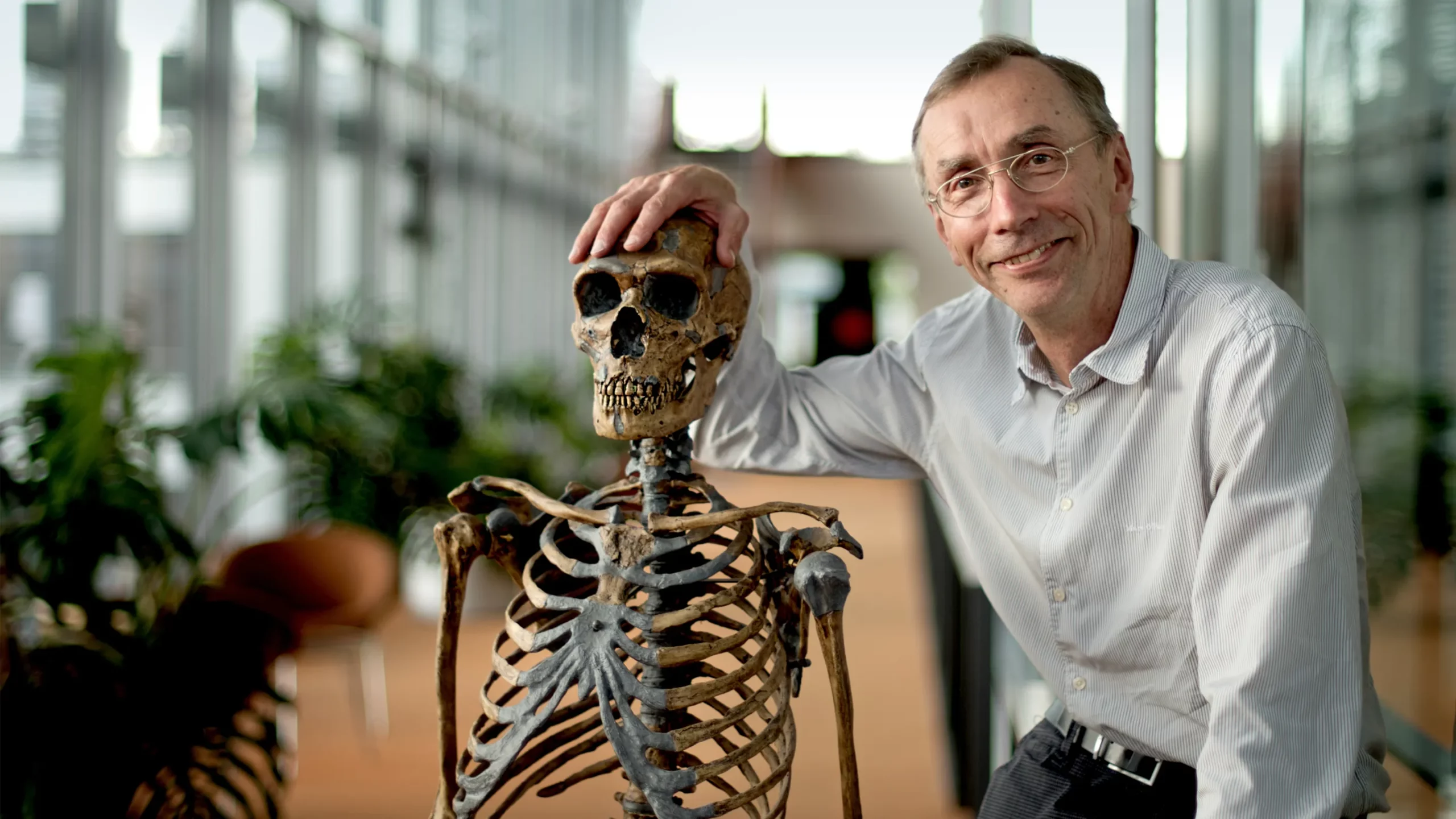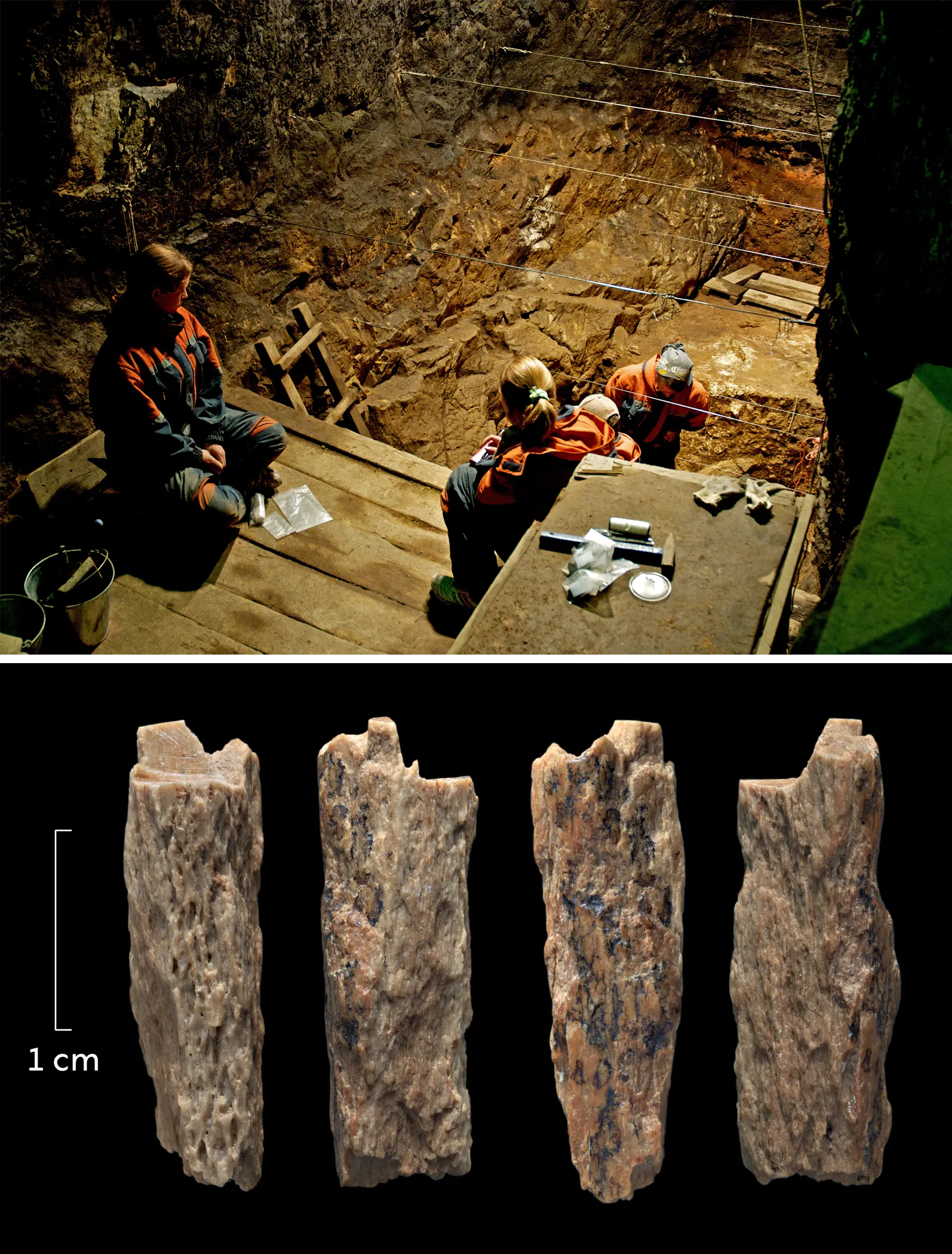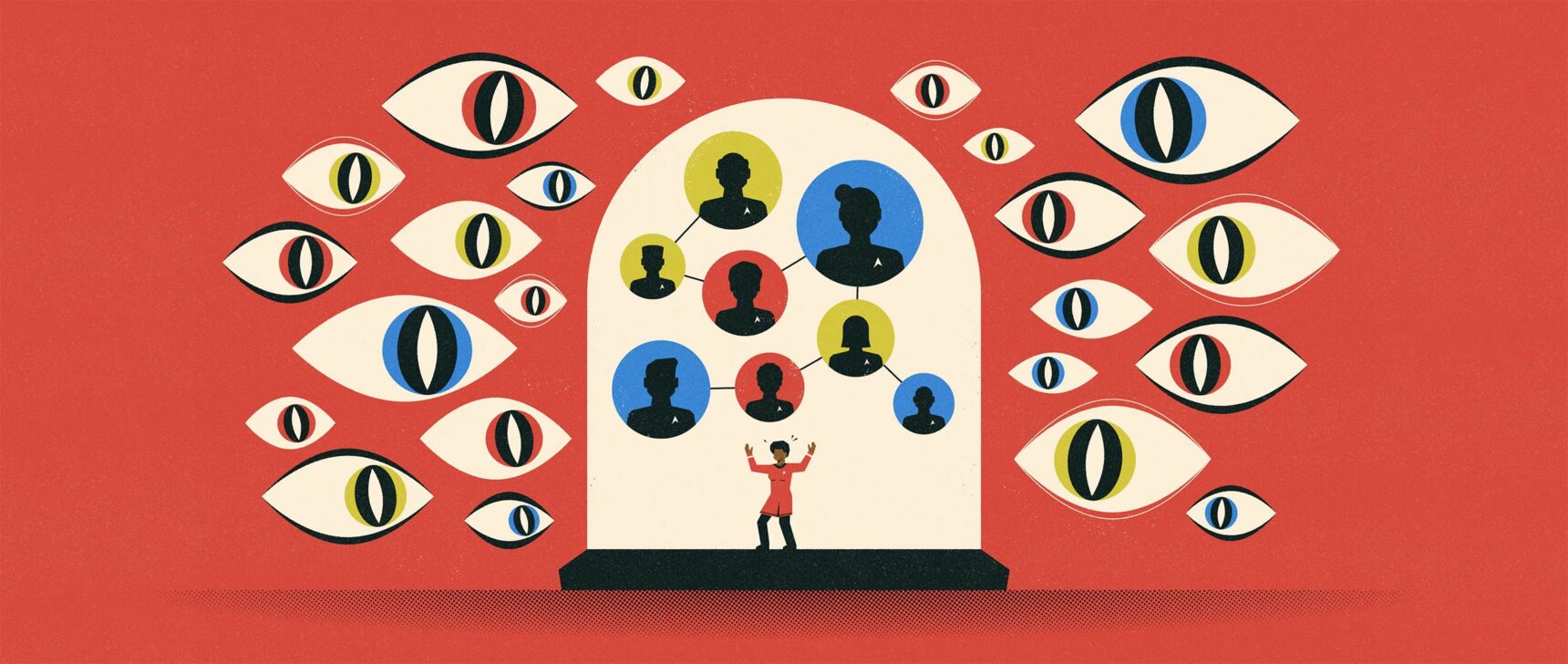Geneticist Awarded Nobel Prize for Studies of Extinct Human Ancestors

Svante Pääbo, the paleogenomicist and director of the Max Planck Institute for Evolutionary Anthropology, with a replica of a Neanderthal skeleton.
Karsten Möbius
Introduction
The geneticist and evolutionary anthropologist Svante Pääbo has won this year’s Nobel Prize in Physiology or Medicine for his pioneering work on the DNA of extinct humans and human ancestors. His remarkable discoveries, which include the identification of a previously unknown variety of human who lived alongside modern humans and Neanderthals tens of thousands of years ago, have had a revolutionary impact on our understanding of human evolution.
The story of how modern humans spread across the planet and invented complex cultures with art and technology is written in our genomes. Much of our modern Homo sapiens DNA is unique, but significant sequences are shared with the Neanderthals and other earlier hominins. Understanding our genetic differences can therefore be hugely important as a key to understanding what makes us who we are.
But because genetic material is fragile, most of the DNA discovered in ancient bones is highly degraded, chemically modified and tainted with contamination. Through many years of persist effort, Pääbo developed a series of new techniques that made it possible to extract, duplicate and read the broken DNA to reconstruct the original genomic content. In the process, he established the new scientific discipline of paleogenomics.
Pääbo and his colleagues made a series of seminal discoveries that included sequencing the entire Neanderthal genome less than a decade after the publication of the first human genome and discovering a new type of ancient human, the Denisovans, who were a sister group to the Neanderthals. Their findings showed that modern humans intermingled with Neanderthals and Denisovans to a significant degree. Some of the ancient gene variants that we acquired from them are more frequently present in certain modern populations. Their existence helps to explain, for example, why some people are better at fighting off certain viruses and why some are better adapted to living at high altitudes.
“Pääbo’s discoveries have had a profound impact on the understanding of our evolutionary history, and they have galvanized research in the area,” wrote Gunilla Karlsson Hedestam and Anna Wedell, professors at the Karolinska Institute, in a background article about the prize.
Why is studying ancient DNA so difficult?
Almost all DNA that’s extracted from ancient remains is degraded into small fragments. The highly fragile DNA molecule is strongly affected by high temperatures, acidity in the soil and other harsh conditions. A further complication is that microbes — and even researchers handling the fossils — can contaminate them with their own DNA, making it difficult to distinguish which genetic information in the remains is truly ancient and which has a modern source. Piecing together an ancient genome is like trying to put together a complex puzzle with missing and destroyed pieces, and without any knowledge of what the puzzle should look like in the end.
How did Svante Pääbo revolutionize the field?
Before the discoveries by Pääbo and his colleagues, most of our knowledge of ancient hominins and our evolution came from analyses of bones and artifacts found around the world, such as the Neanderthal bones that were first discovered in 1856. “Many questions, however, could not be answered by analysis of ancient bones and artifacts alone,” said Wedell during the Nobel Prize announcement ceremony.
Through new sequencing technologies and advanced computational analysis, and with the help of an international group of collaborators, Pääbo proved that it is possible to sequence DNA from 40,000-year-old-bones. In 2010, he and his group published the first full sequence of the Neanderthal genome, a feat that was once considered impossible. The Neanderthal genome resurrected a missing piece of the history of our ancient ancestors. His findings revealed, for example, that there was gene flow between Neanderthals and Homo sapiens, meaning that they once intermingled and had children.
When did modern humans, Neanderthals and Denisovans diverge?
By comparing the genomes of these different human species, Pääbo’s group estimated that modern humans split from the more archaic humans about 550,000-760,000 years ago, and the Neanderthals and Denisovans split into distinct groups 380,000-470,000 years ago.
Why did Neanderthals go extinct?
Neanderthals, the closest human ancestor, went extinct roughly 30,000-40,000 years ago. The question of why they and the Denisovans disappeared while Homo sapiens prospered and took over the planet is still a major mystery. Several theories based on studies examining genetic differences in the three hominin groups aim to explain it. One major theory is that as Homo sapiens developed larger populations, the Neanderthals were assimilated into them.
Other possible reasons for the Neanderthals’ disappearance could involve cognitive or cultural differences — or even the ability to be creative. “It’s hard at this point to say more exactly what those differences are, but what we can say [is] that they must exist,” Thomas Perlmann, secretary-general of the Nobel Assembly, said during the question-and-answer session of the announcement. “And thanks to Svante Pääbo’s work, they have now been mapped and identified.”

An excavation in the eastern chamber of Denisova Cave in Siberia (top) has yielded archaeological treasures. One important find from the cave was a bone fragment (bottom). Pääbo’s genomic analysis showed that it is from the daughter of a Neanderthal mother and a Denisovan father.
(top) Bence Viola, Max Planck Institute for Evolutionary Anthropology; Thomas Higham, University of Oxford
How were the Denisovans discovered?
In 2008, archaeologists discovered a finger bone in Denisova Cave in the Altai Mountains of southern Siberia. Pääbo and his team extracted mitochondrial DNA (mtDNA) from the finger bone and compared it with mtDNA sequences taken from Neanderthals, modern-day humans, an early human from the Pleistocene, a bonobo and a chimpanzee.
They found that the mtDNA from the finger bone sample differed from that of modern humans by an average of 202 nucleotides (the molecules that make up the code for DNA) and from that of chimpanzees by an average of 1,462 nucleotides. In 2010, phylogenetic analysis — a method of showing show how genetic changes lead to the evolution of different species or groups — confirmed that a new species of ancient human had been found, named Denisovans after the cave. The Denisovan hominin they had studied seems to have lived in close proximity to Neanderthals and modern humans.
What can ancient genetic variants teach us about modern physiology?
We now know that there was a time in history when Homo sapiens, Denisovans and Neanderthals intermingled. The evidence of their interbreeding appears as traces of genetic variants that appear more frequently in certain groups of people around the world today. Those variants seem to have persisted within those groups primarily because they offered a survival advantage to people facing certain harsh environments and pathogens.
For example, a gene called EPAS1 dates back to the Denisovans and is found in modern-day Tibetans; it helps people survive at high altitudes. Another group of genes that dates back to our ancient ancestors is thought to be involved in allergic reactions and the recognition of pathogenic microbes.
Lucy Reading-Ikkanda and Merrill Sherman/Quanta Magazine
However, the genes we inherited from our ancient ancestors are not always beneficial. In 2020, Pääbo and his team discovered that people with certain ancient variants can be at greater risk for respiratory failure during SARS-CoV-2 infections. (But in 2021 they discovered another region inherited from Neanderthals that was associated with protection against severe Covid-19.) These gene variants may have survived because the circumstances that made them detrimental were not consistently present.
Who won the Nobel Prizes in Physiology or Medicine in recent years?
David Julius and Ardem Patapoutian were awarded the 2021 Nobel Prize in Physiology or Medicine for their discoveries of how we detect heat and touch. In 2020, Harvey Alter, Michael Houghton and Charles Rice won the prize for their discovery of the cause of a major liver disease. The 2019 prize went to William G. Kaelin Jr., Dana-Farber Cancer Institute, Peter J. Ratcliffe and Gregg L. Semenza for their work elucidating how cells adjust to low oxygen levels. In 2018, James P. Allison and Tasuku Honjo shared the Nobel Prize in Physiology or Medicine for developing ways to unleash the immune system more effectively against cancers. And in 2017, Jeffrey C. Hall, Michael Rosbash and Michael W. Young shared the prize for their research into the molecular mechanism that drives circadian rhythm.



